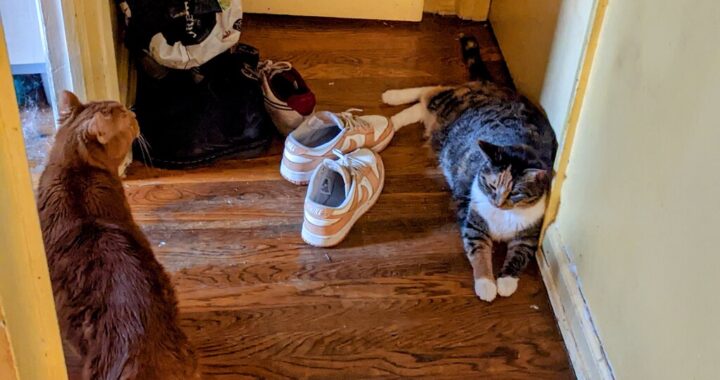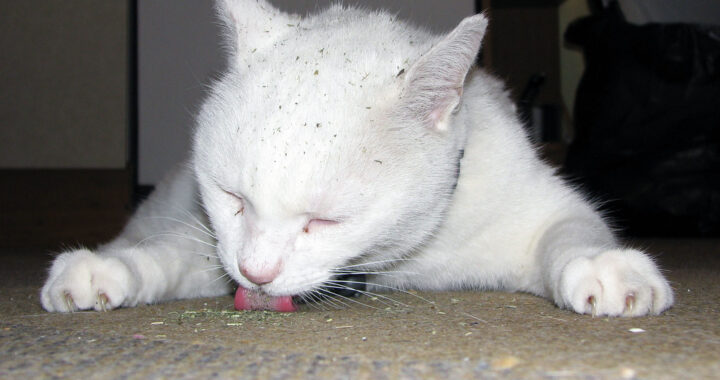
Photo by ModCatShop on Unsplash
by Nomi Berger
Addison’s disease or hypoadrenocorticism is the result of decreased hormone production in the cortex (outer part) of a cat’s adrenal glands. While rare in cats, hypoadrenocorticism is most common in middle-aged cats and seems to be equally common in males and females whatever their breed.
Located close to the kidneys, the adrenal glands are a pair of small glands, each of which is comprised of an outer cortex and an inner medulla. These glands produce two vital hormones: cortisol, a stress hormone, and aldosterone, a hormone that regulates the body’s levels of sodium and potassium. The proper level of these two minerals is essential for maintaining the body’s fluid balance.
Clinical signs of this disease are usually vague and can include lethargy, vomiting, increased thirst, increased urination, unplanned weight loss and intermittent shaking episodes that may wax and wane. While such non-specific treatments as the administration of fluids or the use of corticosteroids may help temporarily, the signs will soon return. And if they do, Addison’s disease may be the culprit.
Sometimes, however, a cat’s symptoms may appear abruptly and severely, causing an Addisonian crisis. These symptoms include sudden weakness with severe vomiting and sometimes collapse. Deemed a true medical emergency, prompt hospitalization and supportive treatment are a must.
Any diagnosis by your vet will be based on your cat’s medical history, including her medications, clinical signs, and the results of blood and urine tests – with special attention being paid to electrolyte imbalances. The most definitive diagnostic test for Addison’s disease, however, is the ACTH-stimulation test where her cortisol levels are measured before and after an injection of a synthetic form of ACTH (adrenocorticotropic hormone). To rule out a different cause, additional tests such as basal cortisol levels, natural plasma ACTH, an ECG, x-rays and an abdominal ultrasound may be performed.
Fortunately, though, once diagnosed, most cats with Addison’s disease can be successfully treated. They will typically receive two medications: one to supplement glucocorticoids (steroids) and another to supplement mineralocorticoids, which regulate electrolytes. Either of these medications can be given as daily oral tablets of Fludrocortisone acetate (brand name Florinef®) or as a long-acting injection of Desoxycorticosterone pivalate, DOCP (brand name Percortin®). Both of these medications will have to be continued for the rest of your cat’s life, together with regular veterinary care and monitoring.
She will likely see your vet for follow-up blood tests at least once a month in the early stages of regulating the disease. This frequency will decrease over time if she responds well to treatment. In general, the prognosis for cats with Addison’s disease is good. If your cat can be successfully treated during the initial crisis and started on appropriate long-term therapy, she should continue to lead a normal and loving life.







